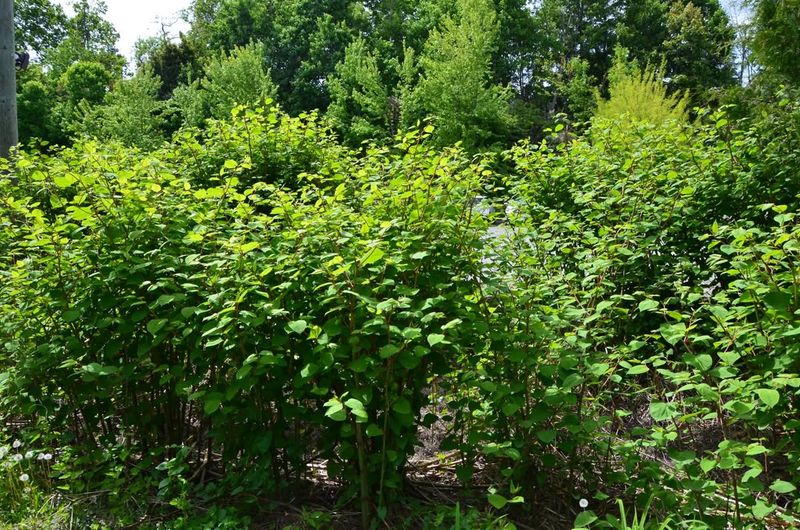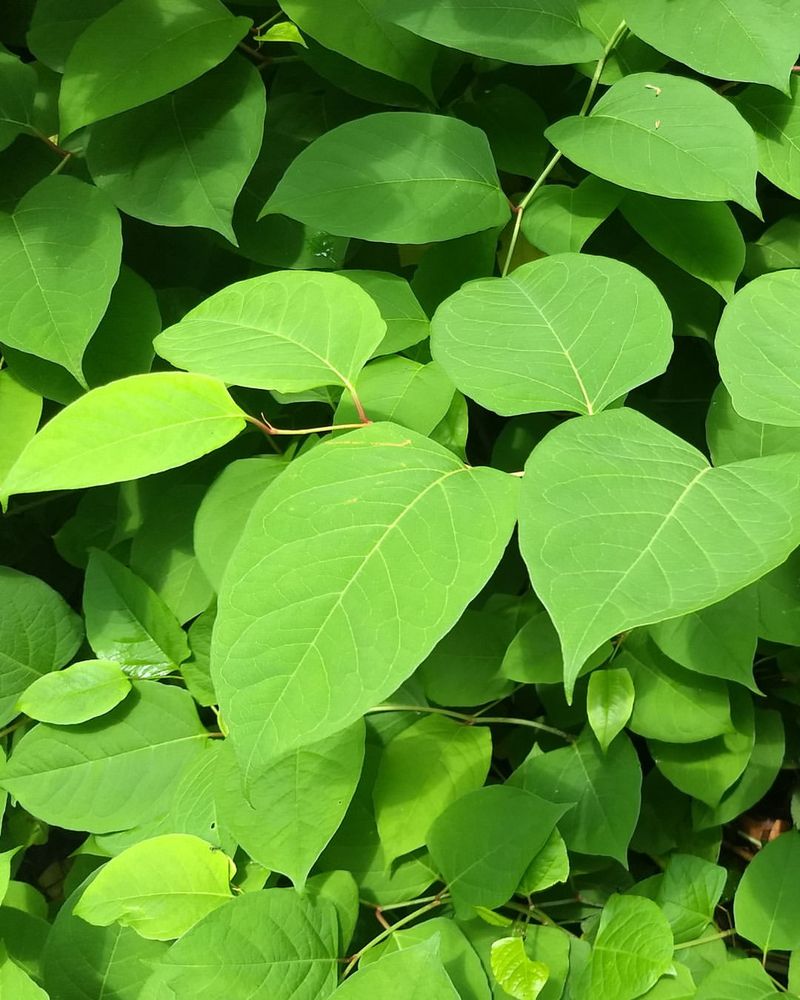At first glance, Japanese knotweed might seem like a unique addition to your garden. But don’t be fooled—this plant has caused major headaches for homeowners across Maine.
What starts as a small patch can quickly spiral out of control. It spreads fast, damages foundations, and pushes out native plants that local wildlife depends on.
I’ve found that steering clear of this aggressive invader is the best move. It’ll save you time, money, and a whole lot of frustration down the line.
1. It Spreads Faster Than You Can Control It
Once Japanese knotweed takes root, stopping its spread becomes nearly impossible for the average gardener. A single fragment of root no bigger than your thumbnail can sprout an entirely new plant colony.
Maine gardeners have watched helplessly as this plant consumed entire yards within just a few growing seasons. The underground rhizome system extends up to 20 feet in all directions, making removal incredibly challenging.
Even professional landscapers struggle to eradicate established patches, often requiring years of repeated treatments and digging to finally clear an area completely.
2. Property Damage Can Cost Thousands In Repairs
The powerful root system doesn’t just spread—it actively destroys hardscaping, foundations, and underground utilities. Rhizomes push through concrete driveways, crack basement walls, and damage septic systems with alarming force.
Homeowners in Maine have faced repair bills exceeding $10,000 after knotweed infiltrated their property structures. Insurance companies often refuse to cover knotweed-related damage, leaving you responsible for every penny.
The plant’s roots can penetrate tiny cracks and widen them over time, compromising the structural integrity of buildings and walkways throughout your entire property.
3. Native Maine Plants Don’t Stand A Chance
Japanese knotweed creates dense shade canopies that block sunlight from reaching native species below. Your carefully chosen Maine wildflowers, ferns, and shrubs will wither and die as knotweed monopolizes resources.
This aggressive invader alters soil chemistry and depletes nutrients that native plants depend on for survival. Local ecosystems in Maine rely on native vegetation to support pollinators, birds, and beneficial insects.
When knotweed takes over, it creates biological deserts where few other species can thrive, disrupting the delicate balance your garden should maintain with the surrounding natural environment.
4. Removal Requires Years Of Persistent Effort
Getting rid of established knotweed demands a multi-year commitment that tests even the most determined gardeners. Chemical treatments must be repeated throughout several growing seasons to exhaust the plant’s energy reserves stored underground.
Manual removal means excavating soil to depths of three feet or more across the entire affected area in your Maine yard. Missing even tiny root fragments allows the plant to regenerate with renewed vigor.
Professional removal services charge premium rates because they understand the enormous challenge involved, and many require ongoing maintenance contracts to prevent regrowth.
5. Legal Troubles May Follow If It Spreads Beyond Your Yard
When your knotweed invades neighboring properties, you could face lawsuits and liability claims from affected homeowners. Some municipalities in Maine have ordinances requiring property owners to control invasive species on their land.
Failing to manage knotweed growth can result in fines and mandatory removal orders from local authorities. Real estate transactions become complicated when knotweed is present, as buyers may withdraw offers or demand significant price reductions.
You might be held financially responsible for removal costs on neighboring properties if your plants spread there, creating legal entanglements that drag on for years.
6. Wildlife And Pollinators Gain Nothing From This Plant
While knotweed does produce small flowers, they offer minimal nutritional value compared to native Maine plants that evolved alongside local wildlife. Bees and butterflies largely ignore knotweed blooms in favor of more beneficial native species.
Birds find little food or suitable nesting habitat within knotweed stands, which lack the structural diversity of native vegetation. Your garden should support Maine’s ecological community, but knotweed creates empty spaces that contribute nothing meaningful to local food webs.
Choosing native alternatives provides far better support for the creatures that make your outdoor space feel alive and connected to nature.
7. Resale Value Drops When Buyers Discover Knotweed
Home inspectors and savvy buyers recognize knotweed as a major red flag that signals expensive problems ahead. Properties with documented knotweed infestations in Maine sell for significantly less than comparable homes without this invasive pest.
Mortgage lenders sometimes refuse financing for properties with active knotweed growth until complete eradication is verified by professionals. Disclosure laws may require you to inform potential buyers about knotweed presence, making your home harder to sell.
The stigma attached to this plant can linger even after removal, as buyers worry about possible regrowth and hidden root systems still lurking underground.








